Flexible pressure sensors can simulate the mechanoreceptors of human skin, converting tactile stimuli into quantitative electrical signals. They have broad application prospects in smart robotics, health monitoring, and human-machine interfaces. However, traditional sensor design methods rely on time-consuming experiments and simulations, gradually exploring possible solutions through a forward structure-performance design path. This approach is not only laborious but also typically optimizes a structure suitable for a specific material in each experiment, making it difficult to achieve broad linear responses. In contrast, inverse design methods derive input parameters from desired output characteristics, theoretically achieving target functions more efficiently.
Nevertheless, due to the diverse application scenarios and design requirements of sensors, conventional data-intensive design methods are challenging to implement effectively (as shown in Figure 1). Therefore, reducing the required data volume and achieving efficient inverse design is crucial for advancing the field of flexible pressure sensors.
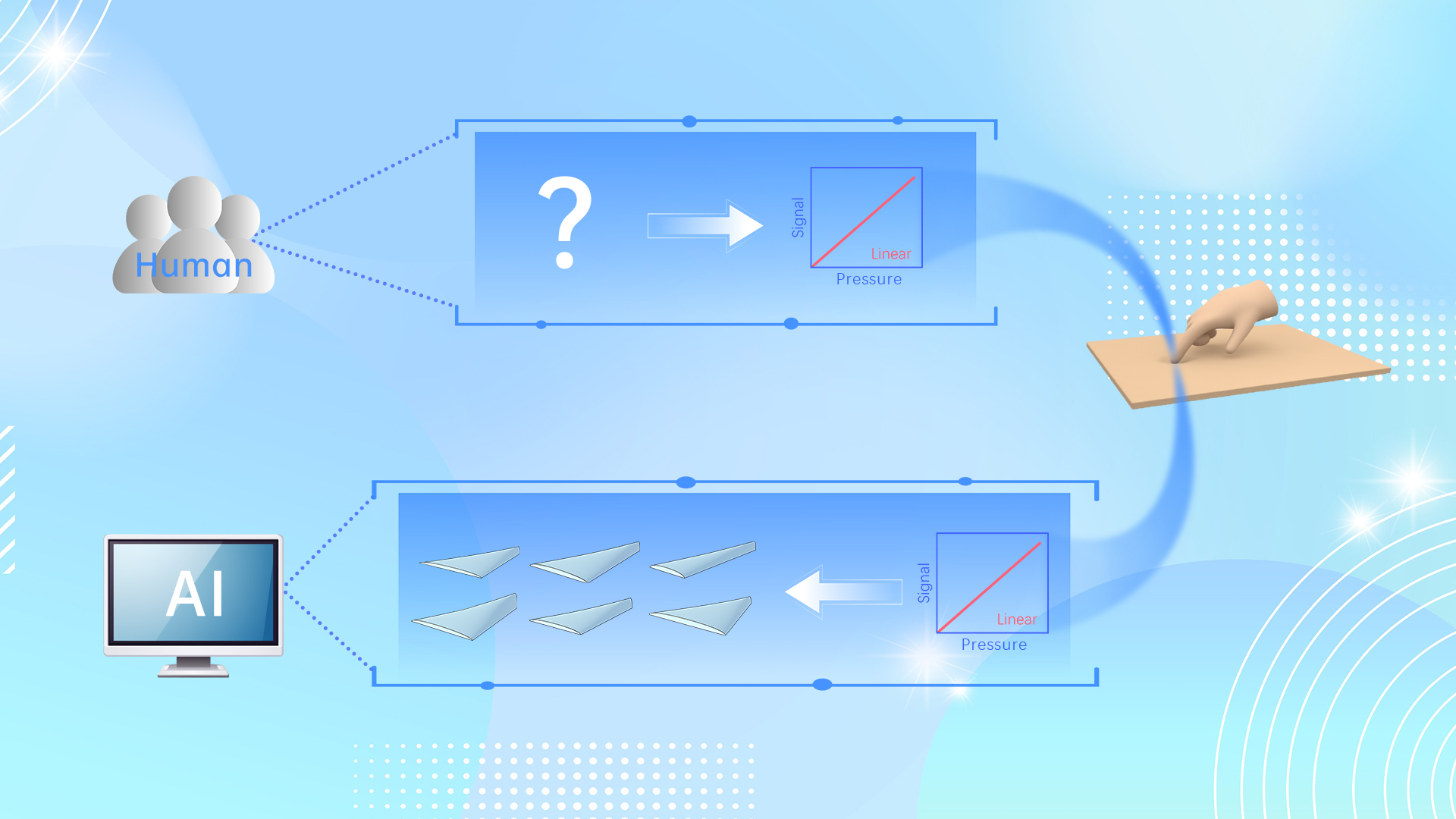
Professor Chuanfei Guo’s research team from the Department of Materials Science and Engineering at the Southern University of Science and Technology (SUSTech), in collaboration with Professor Nicholas Fang from the Department of Mechanical Engineering at The University of Hong Kong, have recently proposed an efficient inverse design method for functional microstructures of flexible pressure sensors.
Their research work was published in the Proceedings of the National Academy of Sciences (PNAS) under the title “Data-driven inverse design of flexible pressure sensors”.
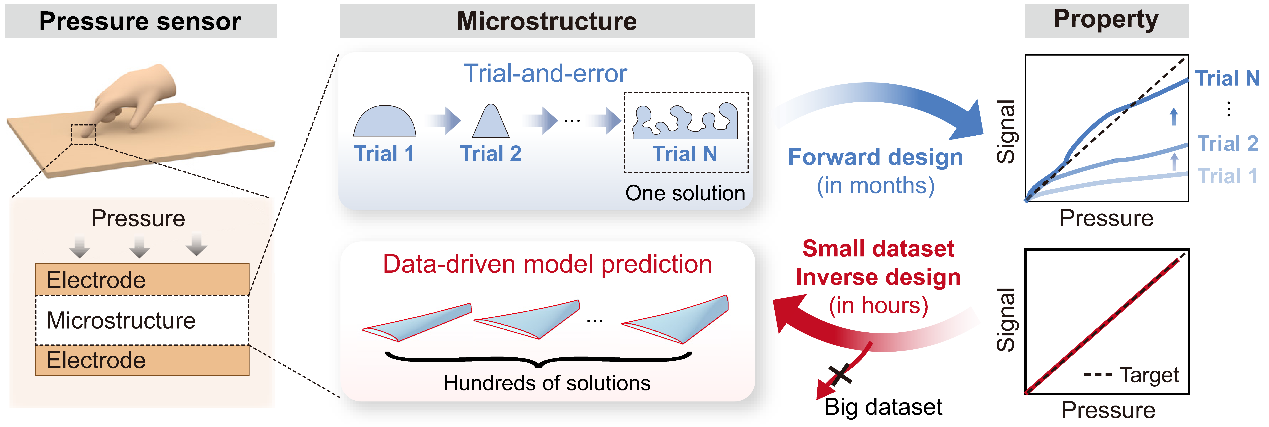
Figure 1. Schematic diagram of forward and inverse design methods for flexible pressure sensors
To overcome these challenges, the research team proposed an efficient inverse design method by introducing a reduced-order model to constrain the design space and a “jumping selection” method to enhance data screening efficiency. The reduced-order model determines internal constraints analytically, eliminating the need for costly experiments and simulations, significantly reducing the cost of model analysis. This method rationally narrows the design space to a quarter or even less of its original size, thereby reducing the data requirement (Figure 2).
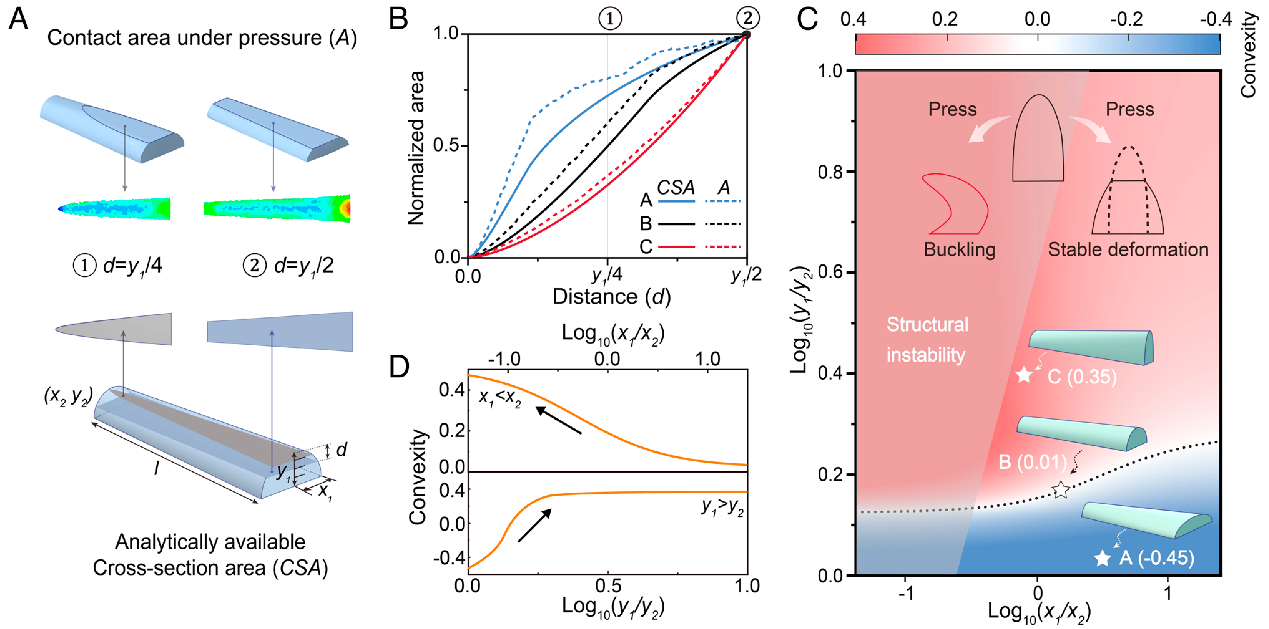
Figure 2. Contact analysis of the reduced-order model
The “jumping selection” method also trains a surrogate model to predict structure performance scores, iteratively updating the dataset and model. This method screens data with six times the efficiency of traditional random selection, quickly obtaining microstructure design schemes with high linear responses (Figure 3).
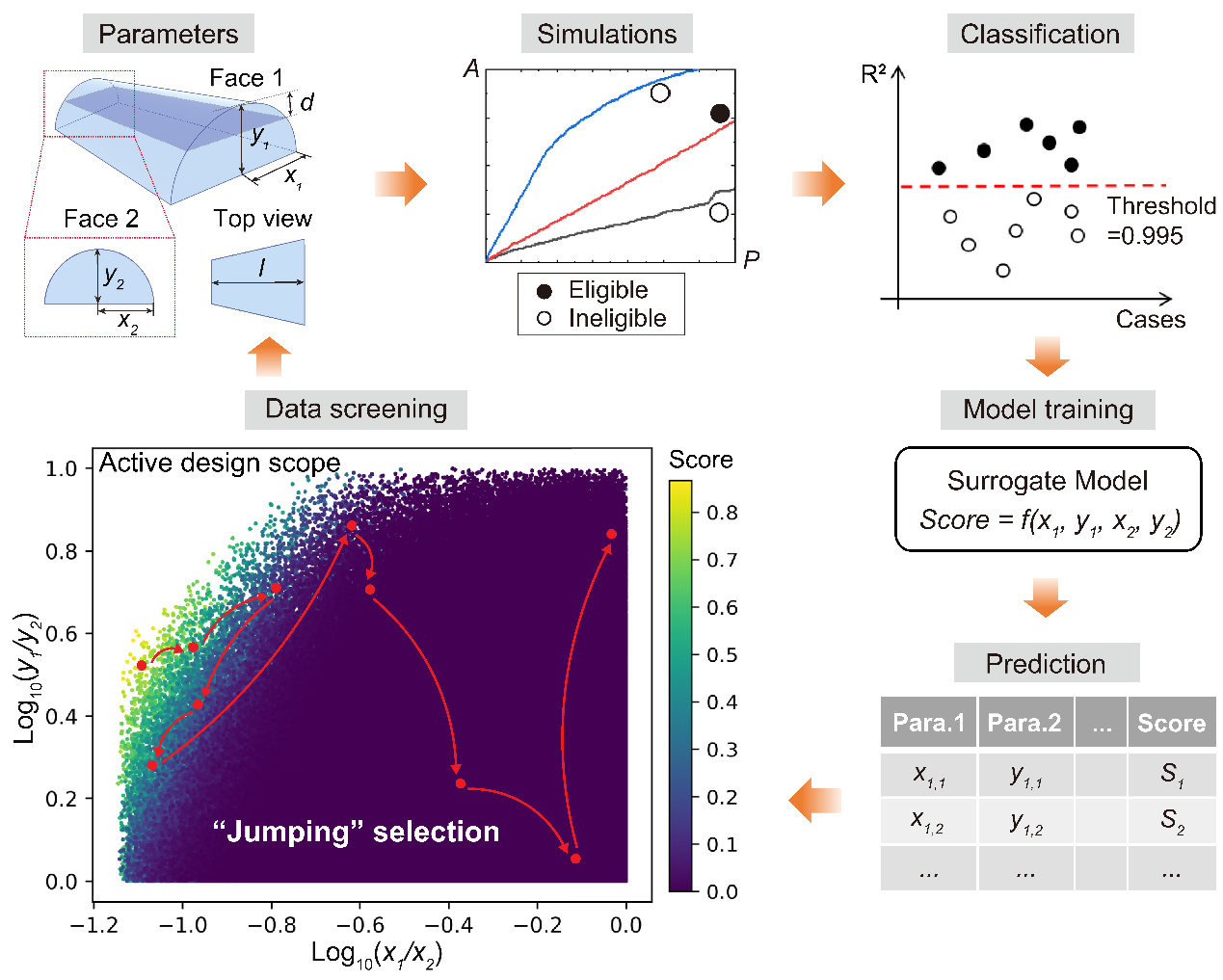
Figure 3. Jumping selection method
Using this efficient inverse design method, they successfully predicted and experimentally validated various microstructure design schemes for flexible pressure sensors with linear responses (Figure 4). The experimental results showed that these sensors exhibited excellent linearity and sensitivity under dynamic and cyclic loading. Notably, the designed linear sensor array produced total capacitance signals proportional to the load under different positions and loading conditions, significantly simplifying the data processing method.
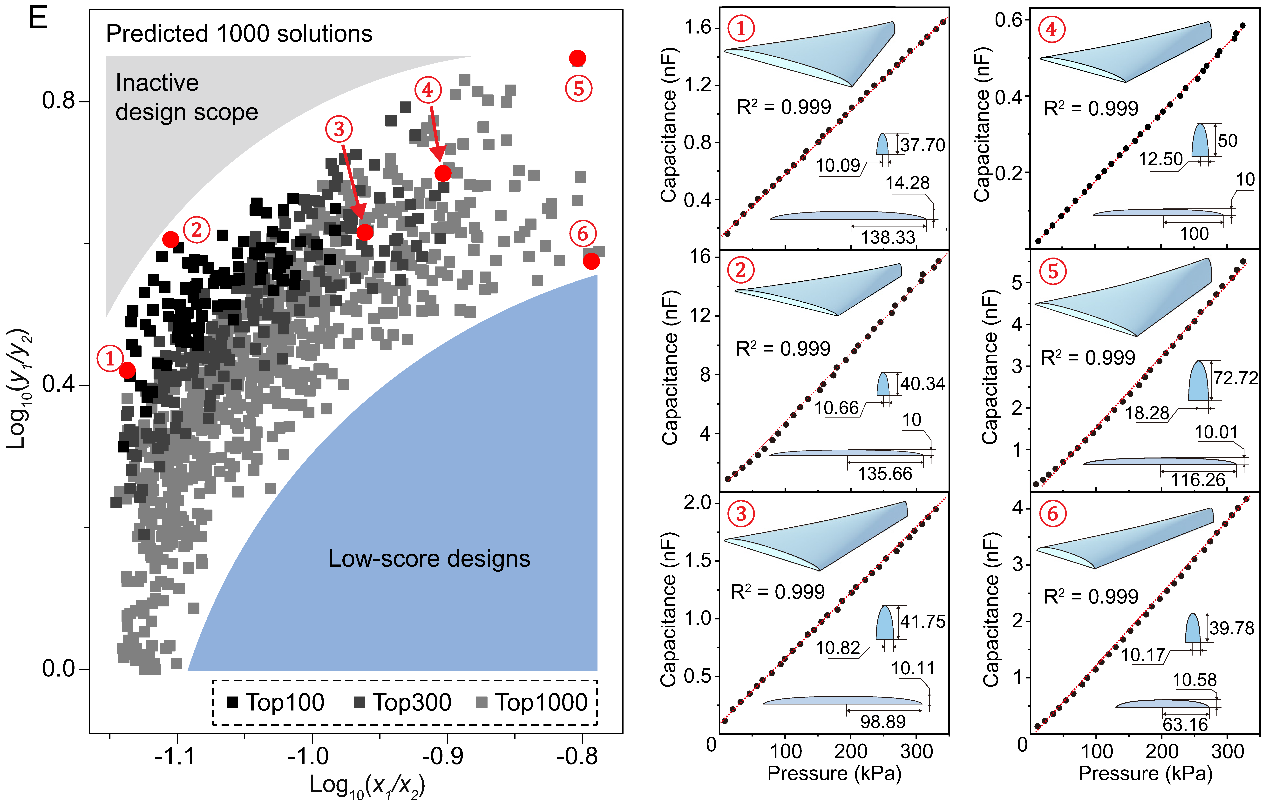
Figure 4. Linear response structures predicted by the inverse design method and experimental validation
The linear response of the designed structures can be applied to various materials and test conditions, demonstrating the broad applicability and effectiveness of the method. This provides a technical approach to device design for multiple application scenarios, including smart robotics, advanced medical care, and human-machine interfaces (Figure 5).
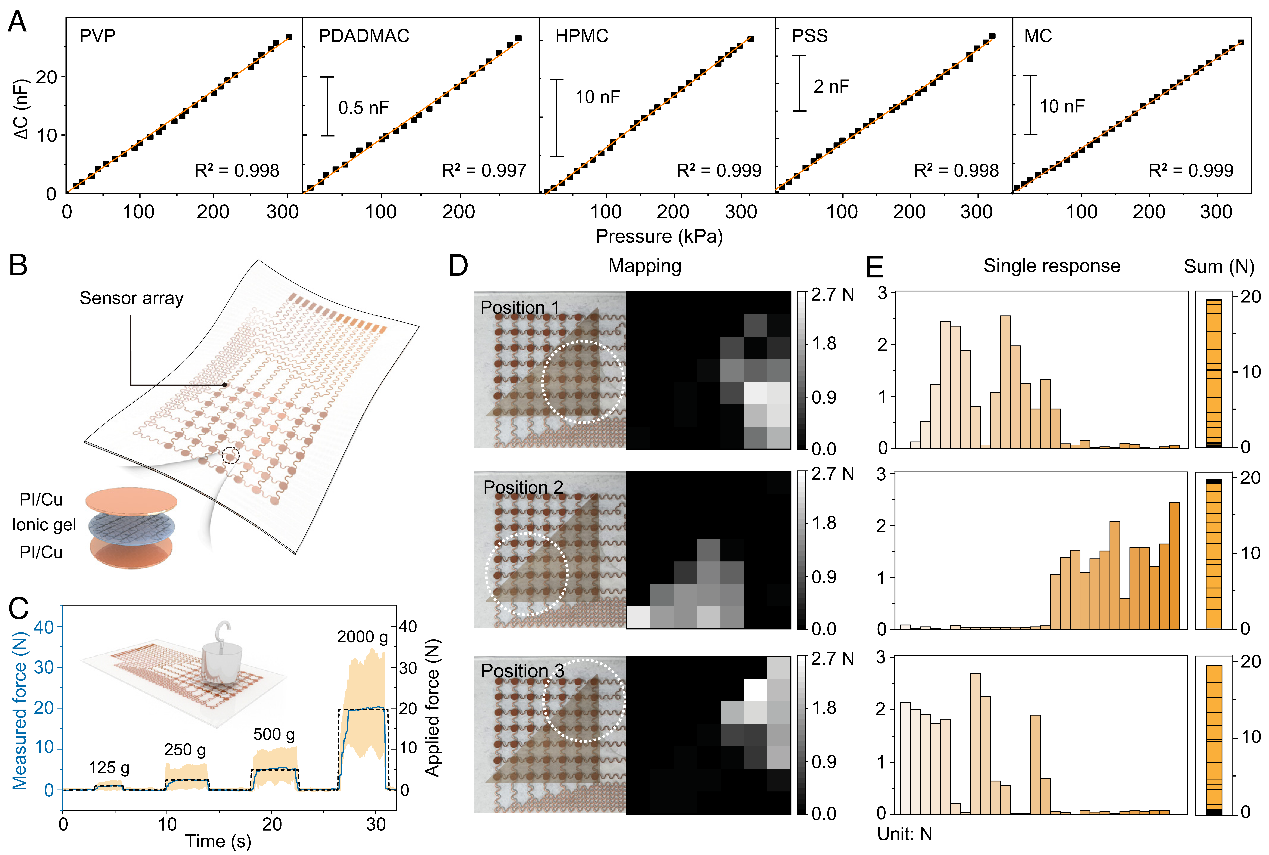
Figure 5. Linear response under multiple materials and loading conditions
Former postdoctoral researcher Zhiguang Liu, master’s graduate Minkun Cai, Associate Professor Shenda Hong from the National Research Institute of Health and Medical Big Data at Peking University, and doctoral student Junli Shi are the joint first authors of the paper. Professors Chuanfei Guo and Nicholas Fang are the corresponding authors, and SUSTech is the first corresponding institution.
The study was supported by the National Natural Science Foundation of China (NSFC), Guangdong Provincial Department of Science and Technology, and the Shenzhen Science and Technology Innovation Commission.
Paper link: https://www.pnas.org/doi/10.1073/pnas.2320222121
To read all stories about SUSTech science, subscribe to the monthly SUSTech Newsletter.
Proofread ByAdrian Cremin, Yingying XIA
Photo ByDepartment of Materials Science and Engineering